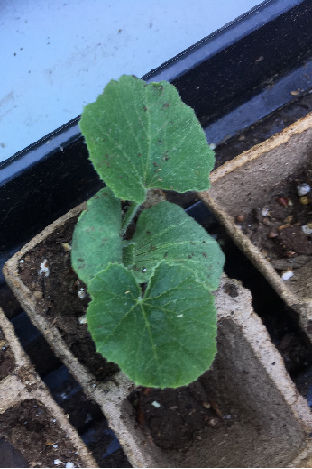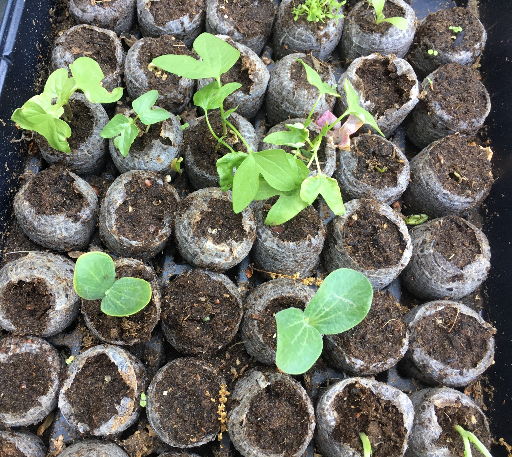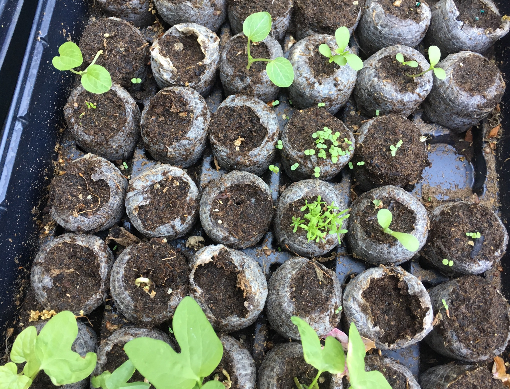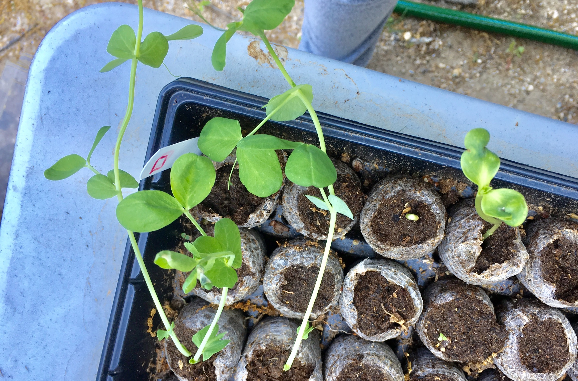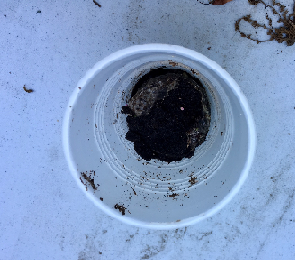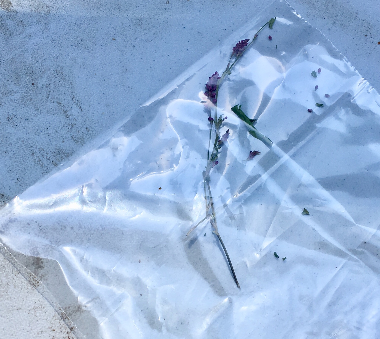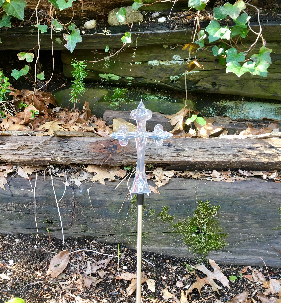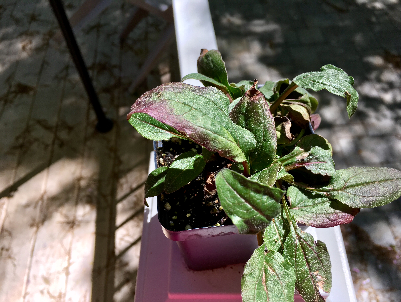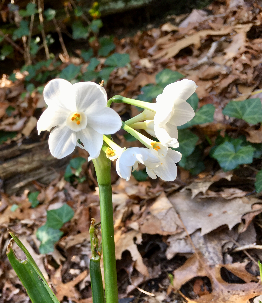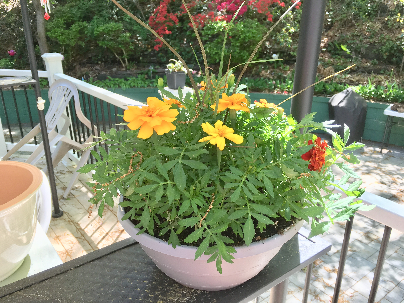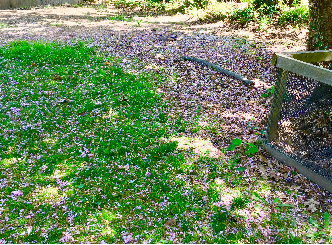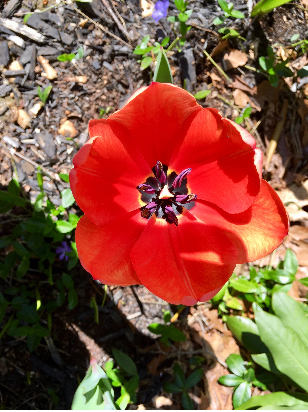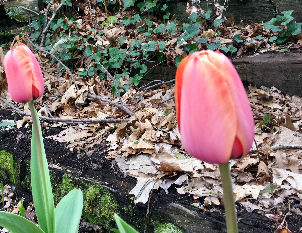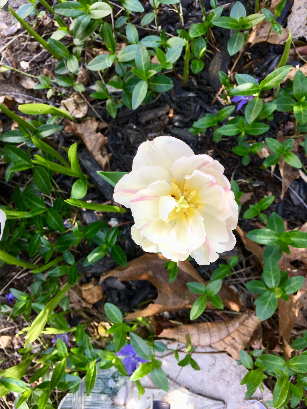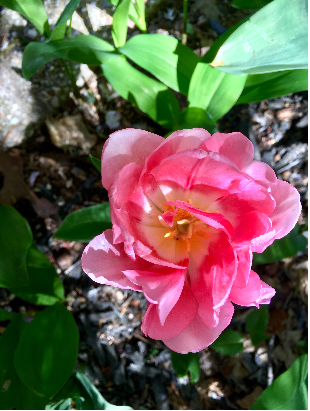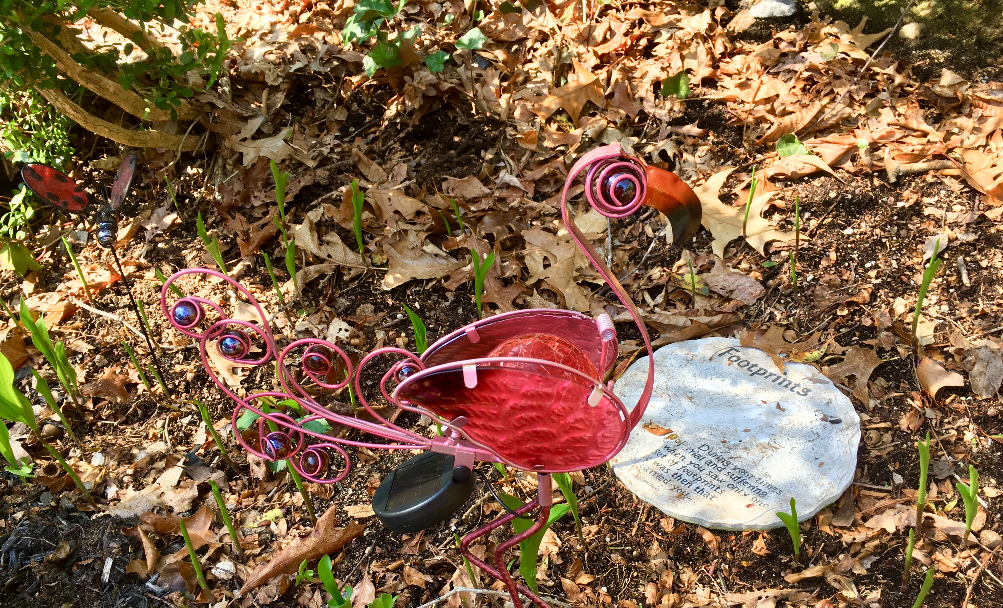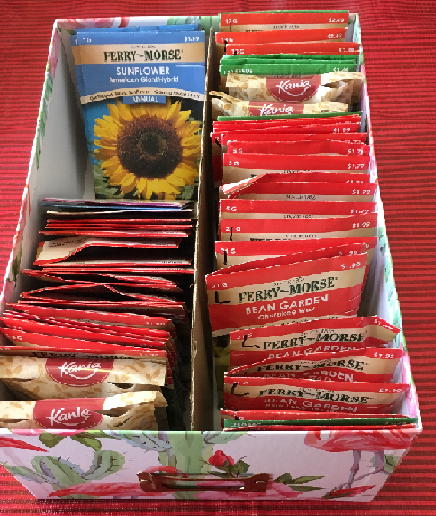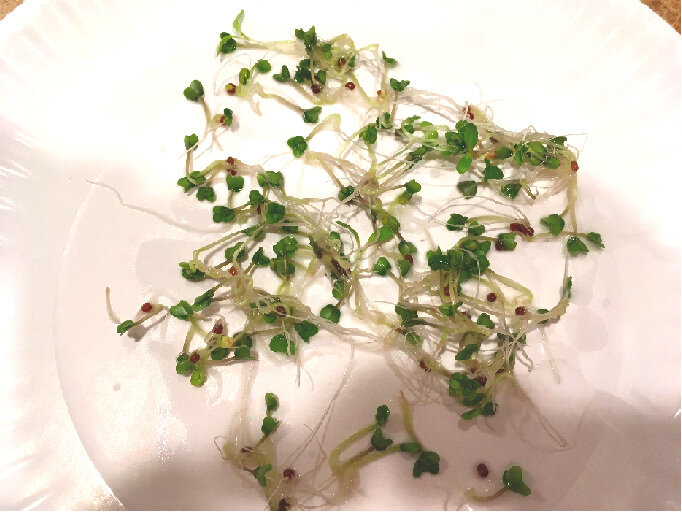This unique shrub is also known as Calico Bush or Spoonwood. The photo above shows its wonderful potential as an ornamental and privacy bush. It is native to the Eastern United States. I am fortunate enough to have several of these-they produce the most exquisite flowers. They are so delicately designed, it looks as if our Heavenly Father hand-painted each one. They have no fragrance. Mine are white, but they also come in pink and red tones. The plant is highly poisonous. It is however, considered somewhat medicinal, but the poisonous properties mean it should only be used by an herbal medicine professional. I am delighted to have them though, the flowers are so beautiful. Some useful things about Mountain Laurel: attracts birds (I do have a variety of birds), the leaves may be used to create a yellow/tan dye, the roots have traditionally been used to make spoons, due to the durability of the wood (hence the name Spoonwood). We know it is toxic to humans and animals. It may be possible, in a rustic setting, to use it for euthanizing animals, if it works quickly and does not produce undue pain. I don’t know-this would have to be researched (but this is the way we need to start thinking, if the goal for us is to leave this corrupt and dangerous society).
My Mountain Laurels are growing on the side of a wooded hill in a shady area with rich, moist soil. I feel that one was probably planted long ago and self-seeded to create a few more. I love them mostly for their ornamental nature, though it is fun to think about making dye. I would eat with my hands before I would cut them down to make spoons! And if you consider the name, one could fashion a crown with the leaves, as the ancient Greeks did to honor winners of the Pythian games. I am cherishing them and if they start to die, I will take measures to cultivate more of them.
Many spiritual people have observed how nature often seems a metaphor for the higher reality…”As Above, So Below.” God gives us lessons when we observe His creation, if we have eyes to see them. What does Mountain Laurel teach us? I think the most obvious answer lies in the fact that it is so seemingly innocent and lovely, yet the leaves are so deadly, the American indigenous people used them to commit suicide. Beware of the outward appearance of things. As we are told in every traditional Holy Mass, from Psalms 25:10: “In whose hands are iniquities, their right hand is filled with gifts.” How do we apply that to what is going on right now? Don’t think I need to spell that out.
~ ~ ~ ~ ~
Plants For A Future is a non-profit that operates on a high level of ecological philosophy and systems, to help the architects of these systems choose appropriate plants. Their philosophy is much like Nomen Christi Apostolate’s, in that it is concerned with respecting the natural order and economizing time, effort and energy. These are important aspects of the “Authentic Life” and survivability outside the industrial/tech world. These ideas are not only essential for those considering the establishment of off-grid communities, but for anyone who wants to live a more prepared, self-reliant life. From their “About” page:
“It is our belief that plants can provide people with the majority of their needs, in a way that cares for the planet's health. A wide range of plants can be grown to produce all our food needs and many other commodities, whilst also providing a diversity of habitats for our native flora and fauna. There are over 20,000 species of edible plants in the world yet fewer than 20 species now provide 90% of our food. Large areas of land devoted to single crops increase dependence upon intervention of chemicals and intensive control methods with the added threat of chemical resistant insects and new diseases…Our emphasis is on growing perennial plants with some self-seeding annuals, a large part of the reason for this is the difference in the amount of time and energy it takes to cultivate and harvest crops. Annuals means the cultivation of the ground every year, sowing the seeds, controlling the weeds, adding fertilizers and attempting to control pests and diseases. It all seems so much extra work compared to planting a perennial and waiting to harvest its yield. Especially when you consider that even with all the effort put into growing carrots their yield for the same area of ground will be less than that of a fruit tree and will only last the one season…We aim to recover lost knowledge and learn more about the hundreds of medicinal plants that we can grow, in a race to find safe natural alternatives to drugs used today. Plants can also provide us with fibers for clothes, rope and paper, oils for lubricants, fuels, water proofing and wood preservatives, dyes, construction materials and more.”
Plants For A Future is known for their database of over 7,000 plants, explaining all basic info about them. You can use it to get ideas for new plants or to investigate those you already have. It can be used more technically, or less. For instance, if you’re looking for specifics such as growth rate, soil pH, pollution tolerance, livestock feed or types of pollinators, you can do that. If you just want hardiness zones and sun needs, you can do that too.
For a newish gardener, when looking for new plants, please see Before You Start, which will show you the issues you need to be looking at. From that page: “Choosing unsuitable plants creates more work and often dead plants.” How true. There is so much else on this website, if you peruse it long enough, it is like a course in gardening or landscaping. All the various aspects of gardening can be overwhelming for the newbie, but please take care not to get discouraged. If it were that difficult, the human race would have gone extinct long ago. From my own past experience, I can say, if you have no idea what you are doing and in fact, do everything wrong, you will still have some success. So, be optimistic, leave all in God’s hands and enjoy the journey of greater independence and oneness with nature.
Image courtesy siteone.com/en/68035b-kalmia-latifolia-mountain-laurel/p/572399



